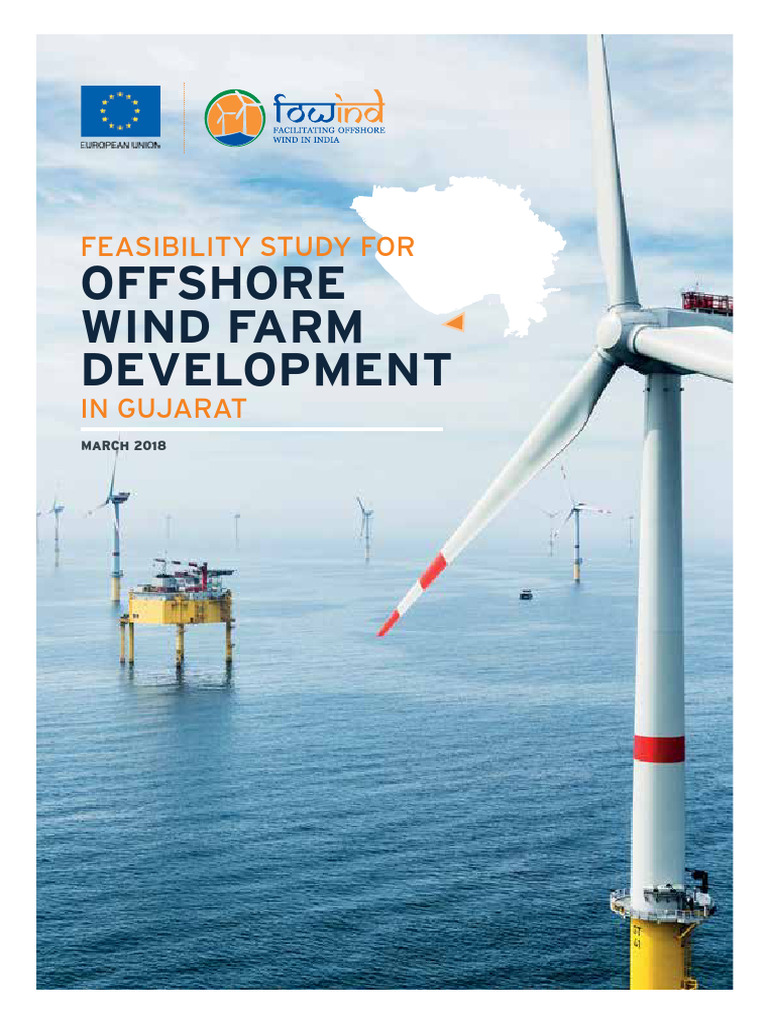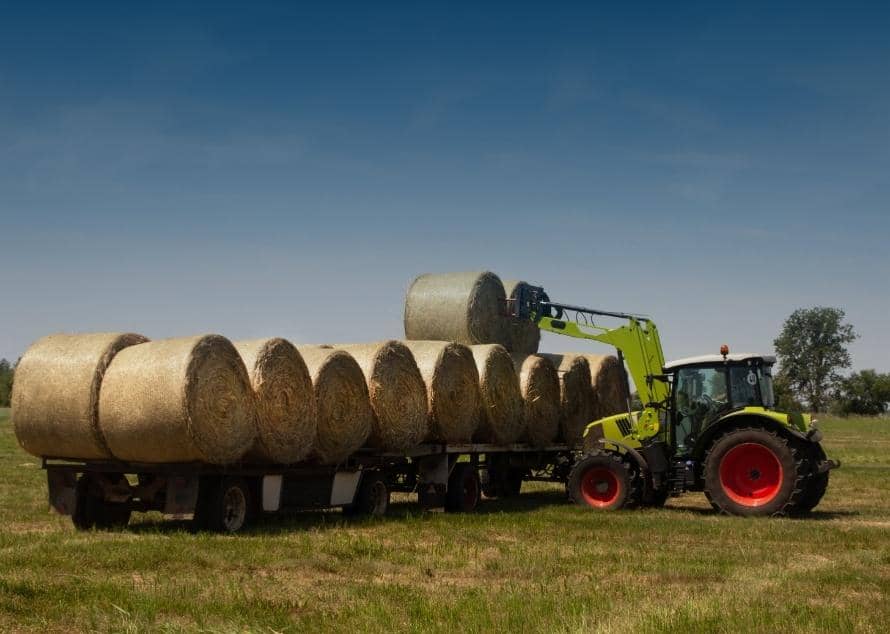The Financial Viability Of Offshore Wind Farms Under Scrutiny

Table of Contents
High Capital Expenditure and Financing Challenges
Offshore wind farms require significantly higher capital investment compared to onshore projects, presenting a major hurdle to their financial viability. This substantial upfront cost, often exceeding billions of dollars for large-scale projects, necessitates significant debt financing, making projects highly vulnerable to interest rate fluctuations and broader market volatility.
- Increased steel and turbine component costs: The cost of raw materials, particularly steel, fluctuates significantly impacting project budgets. Supply chain disruptions can further exacerbate this issue, leading to delays and cost overruns.
- Complex and lengthy permitting processes: Securing the necessary permits and approvals for offshore wind farms is a lengthy and complex process, often involving multiple regulatory bodies and extensive environmental impact assessments. These delays directly contribute to increased financing costs and project uncertainty.
- Challenges securing long-term power purchase agreements (PPAs): PPAs are crucial for securing project financing, guaranteeing a stable revenue stream over the project's lifespan. However, negotiating favorable PPAs can be challenging, especially in volatile energy markets.
- Difficulty attracting investors due to perceived risk: The high capital expenditure, complex regulatory environment, and technological uncertainties associated with offshore wind projects can deter potential investors, making it challenging to secure the necessary equity financing.
Securing project financing for offshore wind farms involves navigating a complex landscape of equity investments, debt financing, and government subsidies. Inflation and rising interest rates further amplify the financial pressure on these projects, highlighting the need for robust financial planning and risk mitigation strategies. Understanding these financing complexities is crucial for assessing the financial viability of individual projects.
Technological Risks and Operational Challenges
The harsh marine environment presents significant operational challenges for offshore wind farms, leading to increased maintenance and repair costs. Saltwater corrosion, extreme weather events, and the remoteness of offshore locations all contribute to higher operational expenditures (OPEX).
- Challenges in grid connection and transmission infrastructure: Connecting offshore wind farms to the onshore electricity grid can be technically challenging and expensive, requiring significant investments in new transmission lines and substations.
- Potential for equipment failures and downtime due to extreme weather conditions: Offshore wind turbines are exposed to harsh weather conditions, including strong winds, high waves, and lightning strikes, which can cause equipment failures and lead to costly downtime.
- Need for advanced monitoring and maintenance technologies to minimize OPEX: Advanced monitoring and predictive maintenance technologies are crucial for reducing OPEX by minimizing downtime and optimizing maintenance schedules. The cost and reliability of these technologies remain a factor impacting profitability.
- Risks associated with new and emerging technologies: While technological advancements are crucial for reducing the cost of energy, new and emerging technologies in offshore wind often come with their own risks and uncertainties, impacting the overall financial viability of projects.
Robust risk management strategies are essential to address these technological hurdles and ensure the reliable and cost-effective operation of offshore wind farms. Careful consideration of technology selection, maintenance planning, and risk mitigation measures are critical for long-term financial success.
Regulatory Uncertainty and Policy Volatility
Changes in government policies and regulations can significantly affect the economics of offshore wind farm projects and investor confidence. The regulatory landscape is often characterized by uncertainty, leading to delays and increased project risks.
- Impact of fluctuating carbon pricing mechanisms: Carbon pricing mechanisms, such as carbon taxes or emissions trading schemes, can significantly influence the profitability of renewable energy projects, including offshore wind. Uncertainty surrounding future carbon prices adds to the financial risk.
- Changes in renewable energy subsidies and tax incentives: Government support in the form of subsidies and tax incentives plays a crucial role in the financial viability of offshore wind. Changes in these policies can significantly impact project economics and investor decisions.
- Environmental impact assessments and stakeholder consultations: Environmental impact assessments and stakeholder consultations are essential parts of the permitting process, but they can be time-consuming and complex, leading to project delays and increased costs.
- Navigating international waters and jurisdictions: Offshore wind projects often involve multiple jurisdictions and international waters, creating complex regulatory challenges and increasing the risk of delays and disputes.
Stable and predictable policy environments are critical for attracting investment and ensuring the long-term financial viability of offshore wind farm projects. A clear and consistent regulatory framework is essential for reducing uncertainty and fostering investor confidence.
The Role of Government Support and Subsidies
Government support through various subsidy models, such as feed-in tariffs, tax credits, and direct grants, plays a vital role in mitigating the financial risks associated with offshore wind projects. Public-private partnerships can also reduce the financial burden on developers by sharing the risks and costs involved. The design and implementation of effective government support mechanisms are essential for the successful development of the offshore wind industry.
Market Dynamics and Energy Price Volatility
Fluctuations in wholesale electricity prices significantly impact the profitability of offshore wind farms. The competitive landscape, including other renewable energy sources and fossil fuels, further complicates the picture.
- Impact of fluctuating electricity demand: Changes in electricity demand can affect the revenue generated by offshore wind farms, particularly if there is a lack of energy storage capacity to manage supply and demand imbalances.
- Competition from other renewable energy sources (solar, onshore wind): Offshore wind faces competition from other renewable energy sources, such as solar and onshore wind, which can influence electricity prices and project profitability.
- Impact of natural gas prices on the energy market: Natural gas prices have a significant impact on the overall energy market, influencing the price of electricity and creating uncertainty for offshore wind projects.
- The role of energy storage solutions in stabilizing revenues: Energy storage technologies can help stabilize the revenue stream from offshore wind farms by enabling the storage of excess energy generated during periods of high wind speeds for use during periods of low wind speeds or high demand.
Hedging strategies and long-term market forecasting are essential for mitigating the risks associated with energy price volatility and ensuring the financial viability of offshore wind farms. A deep understanding of market dynamics is crucial for successful project development and investment decisions.
Conclusion
The financial viability of offshore wind farms is a complex issue, influenced by a multitude of factors ranging from high upfront capital costs and technological risks to regulatory uncertainty and volatile energy markets. While the potential for clean energy generation is substantial, addressing the challenges outlined above is crucial for ensuring the long-term success and sustainability of this important industry. Further research, technological innovation, and supportive government policies are all essential for mitigating these risks and unlocking the full potential of offshore wind as a viable and sustainable energy source. Understanding the financial viability of offshore wind farms is vital for investors, policymakers, and stakeholders alike. Only through careful planning and risk mitigation can we ensure a bright future for offshore wind energy. Investing in robust risk assessment and mitigation strategies is key to unlocking the full potential of offshore wind power.

Featured Posts
-
 Mstqbl Alaleab Kl Shye En Blay Styshn 6
May 03, 2025
Mstqbl Alaleab Kl Shye En Blay Styshn 6
May 03, 2025 -
 Examining Reform Uks Plans For The Uk Farming Industry
May 03, 2025
Examining Reform Uks Plans For The Uk Farming Industry
May 03, 2025 -
 La Serie La Creme De La Crim Tf 1 Le Role De Joseph
May 03, 2025
La Serie La Creme De La Crim Tf 1 Le Role De Joseph
May 03, 2025 -
 Landmark Saudi Rule Change Ushers In Explosive Growth For Abs Market
May 03, 2025
Landmark Saudi Rule Change Ushers In Explosive Growth For Abs Market
May 03, 2025 -
 13 Kerja Sama Baru Rincian Hasil Pertemuan Presiden Jokowi Dan Presiden Erdogan Di Indonesia
May 03, 2025
13 Kerja Sama Baru Rincian Hasil Pertemuan Presiden Jokowi Dan Presiden Erdogan Di Indonesia
May 03, 2025
